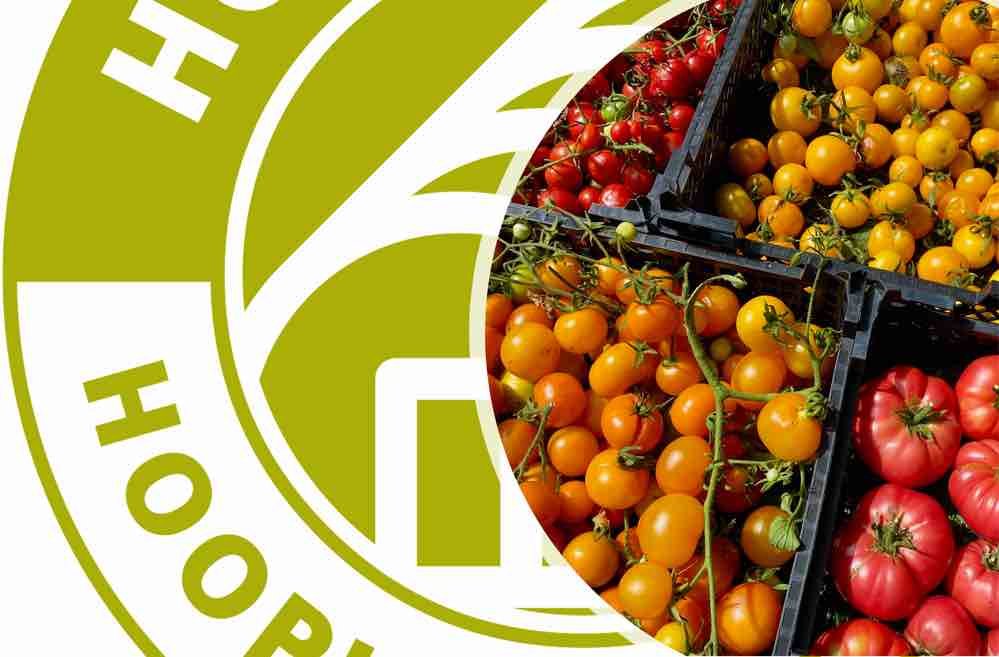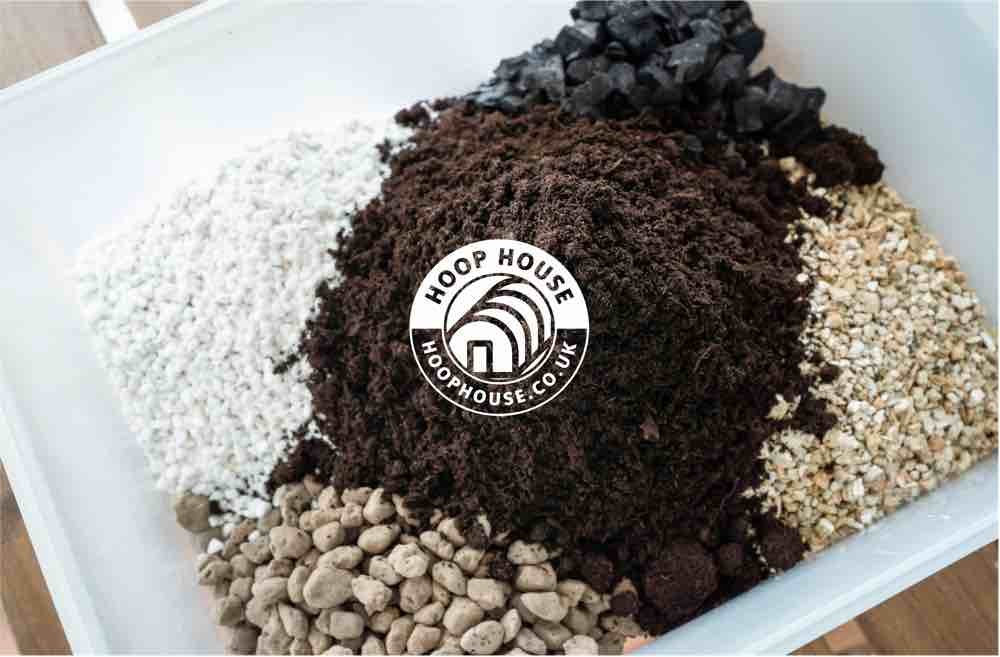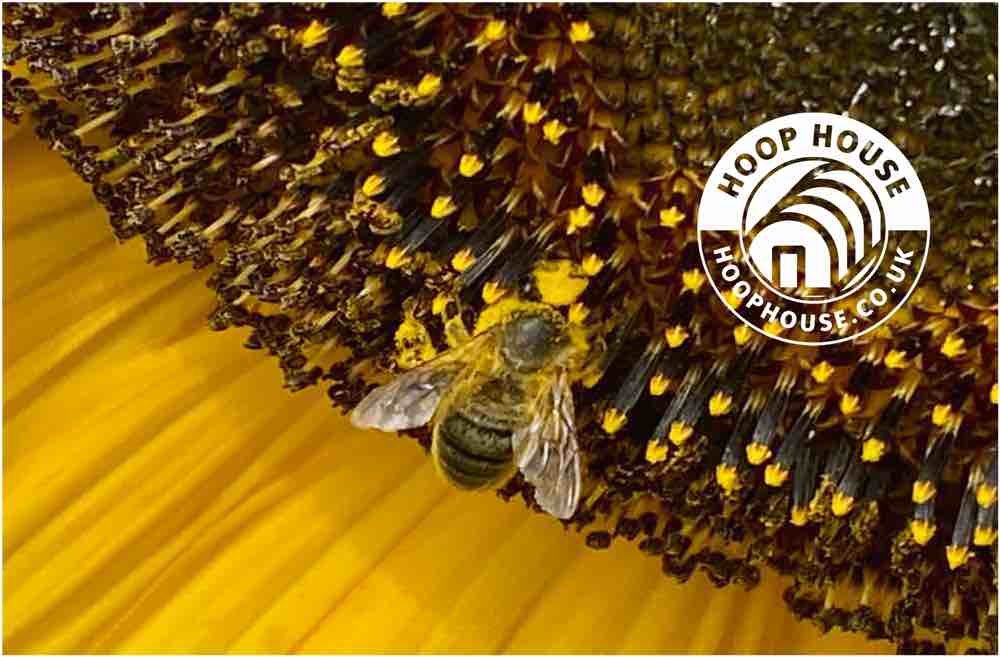
Choosing the Right Tomato Seeds in the UK - Just One Point of View
Growing tomatoes in the UK presents unique challenges—shorter summers, variable rainfall, and cooler temperatures. Selecting the right tomato variety can make the difference between a bumper harvest and a disappointing yield.

Hoop House Myths
Hoop houses, also known as high tunnels, are a valuable tool for extending growing seasons and protecting crops, but there are several myths and misconceptions about them.

What are the Different Types of Hoop House?
Hoop houses come in various types and sizes, each designed to meet different gardening or farming needs.

UV Requirements for Tomato Plants
Tomato plants thrive on sunlight and have specific UV light requirements to grow, develop, and produce fruit effectively.

When to Strip Out Old Tomato Plants
You should strip out old tomato plants when the growing season ends, or when they stop producing viable fruit, typically after they show signs of disease, pest infestation, or when the cold season approaches.

Natural Fungicides for Tomato Plants
Natural fungicides can be highly effective in managing fungal diseases on tomatoes while being safer for the environment and human health. Common fungal diseases affecting tomatoes include blight, powdery mildew, and anthracnose.

What is the Difference Between Perlite and Vermiculite?
Perlite and vermiculite are both lightweight, natural materials commonly used to improve soil aeration and drainage in gardening, but they have distinct properties and serve different purposes in plant care.

Can Tomatoes be Vertically Farmed?
While tomatoes can be successfully vertically farmed, the setup and maintenance are more complex than for crops like lettuce or herbs, but the benefits in terms of yield and resource efficiency can be substantial.

How to Collect Tomato Seeds?
Collecting tomato seeds is a straightforward process that allows you to save seeds from your favourite tomato plants for future planting such as heirloom / heritage tomatoes.

Farming Innovation for Tomatoes
Innovations in tomato farming have emerged to address challenges related to sustainability, yield, and efficiency. These technologies and practices combine advanced farming techniques with modern agricultural science to enhance the production of tomatoes, often with a focus on reducing environmental impact and maximizing output.

The History of Solanum Lycopersicum
The history of solanum lycopersicum (tomato) is a story of transformation from a small wild fruit in the Andes to a global culinary staple. Its journey through time reflects the interconnectedness of cultures, the evolution of agriculture, and the ongoing quest to improve and enjoy one of the world's most beloved fruits.

Mozzarella, Tomatoes, Fresh Basil, Olive Oil and Sourdough
A dish of mozzarella, tomato, and basil on sourdough is a delicious and classic combination, often inspired by the Italian Caprese salad, but with a rustic twist by serving it on crusty sourdough bread.

What is Vertical Farming?
Vertical farming is a modern agricultural technique that involves growing crops in stacked layers, typically in controlled indoor environments. This method maximizes the use of space and allows for farming in urban areas or other locations where horizontal land space is limited. Vertical farming can utilize various growing methods, including hydroponics, aeroponics, and traditional soil-based systems.

What is an Air Pruning Pot?
An Air Pruning Pot, is a type of plant container designed to promote healthier root growth by preventing root circling and encouraging the development of a more fibrous root system. It is commonly used in gardening, hydroponics, and other plant-growing setups.

Fungicides
Fungicides are essential tools in modern agriculture for controlling plant diseases and ensuring crop productivity. However, the growing awareness of their environmental impact and the rise of fungicide resistance has driven innovation in developing more sustainable, biological, and integrated approaches to plant protection.

NPK Recipe for Tomato Plant Flowering
During the flowering stage of tomato growth, the focus shifts from leafy growth to flower and fruit development. At this stage, tomatoes require less nitrogen (N) and more phosphorus (P) and potassium (K).

What is an Autopot?
Autopot systems offer an efficient and convenient way to manage plant watering and nutrition, making them an excellent choice for both novice and experienced gardeners. Their ability to deliver consistent moisture and nutrients with minimal intervention can lead to healthier, more productive plants. Whether you are growing vegetables, herbs, flowers, or small trees, an Autopot system can help you achieve better results with less effort.

The Evolution of The Hoop House. A Brief History - UK.
While there isn't a single inventor or exact date for the invention of hoop houses, their development is rooted in the broader history of greenhouse technology. The modern hoop house, characterized by its use of polyethylene plastic and simple, flexible construction, began to take shape in the mid-20th century and has since become an essential tool for farmers and gardeners looking to extend their growing seasons and protect their crops.
